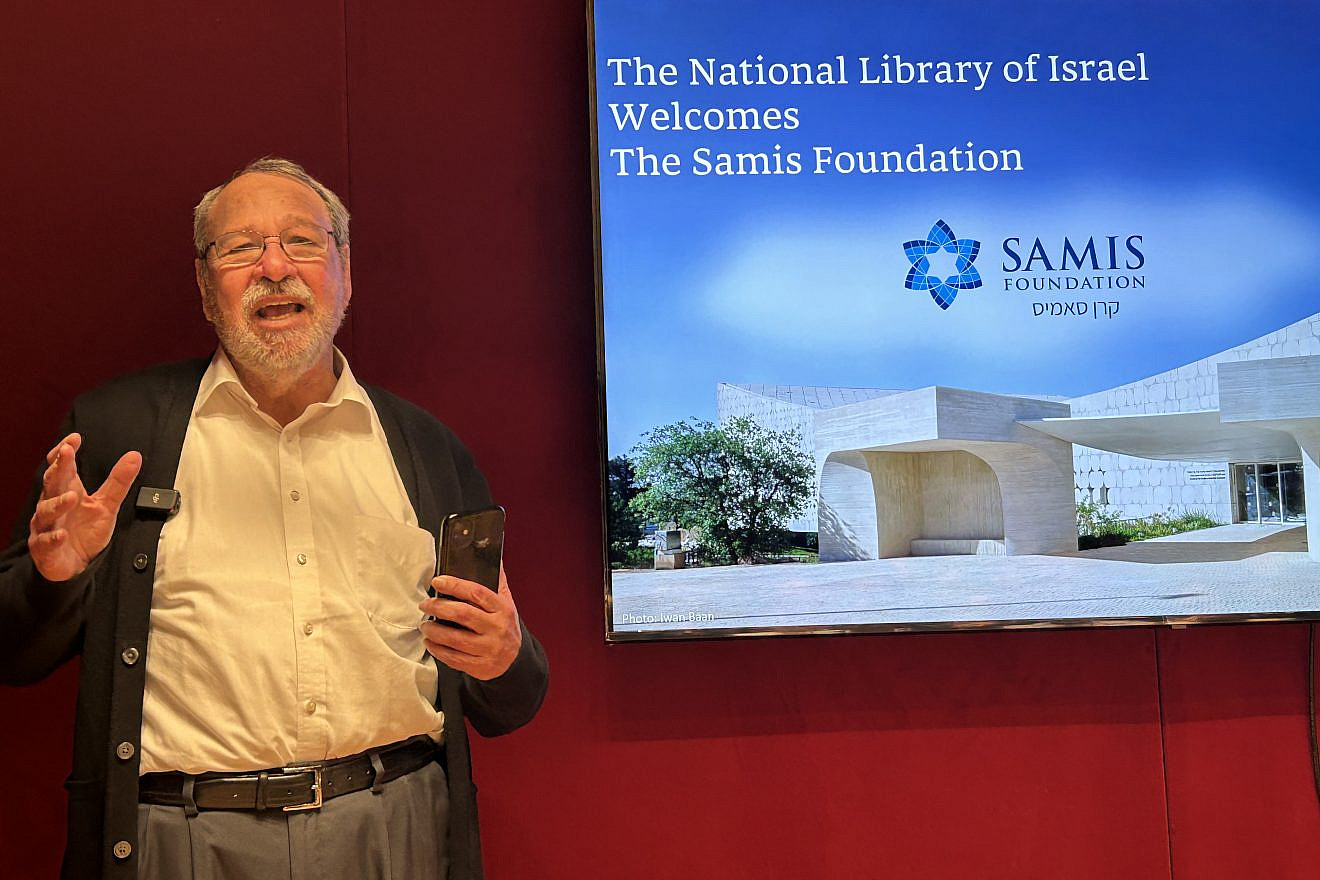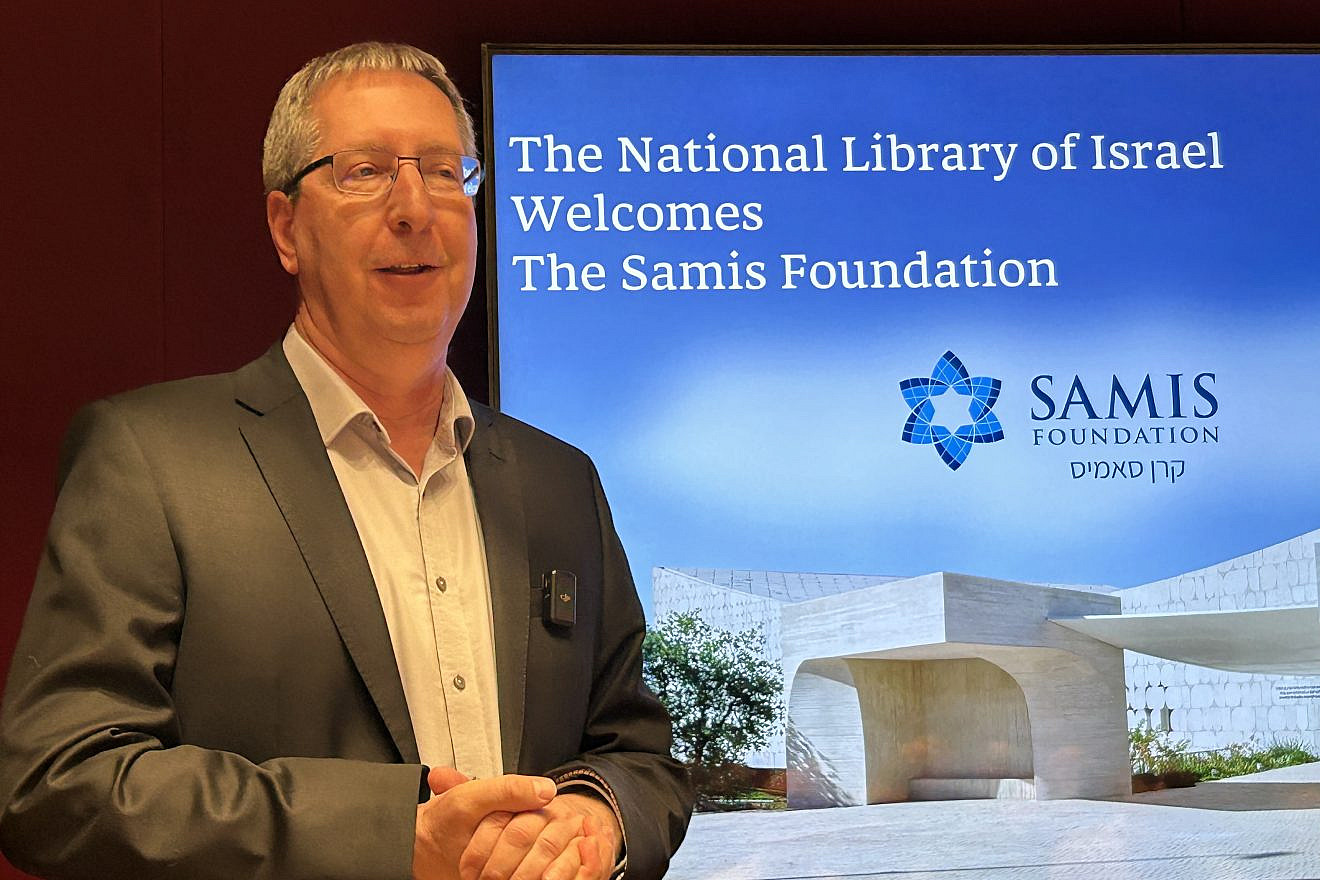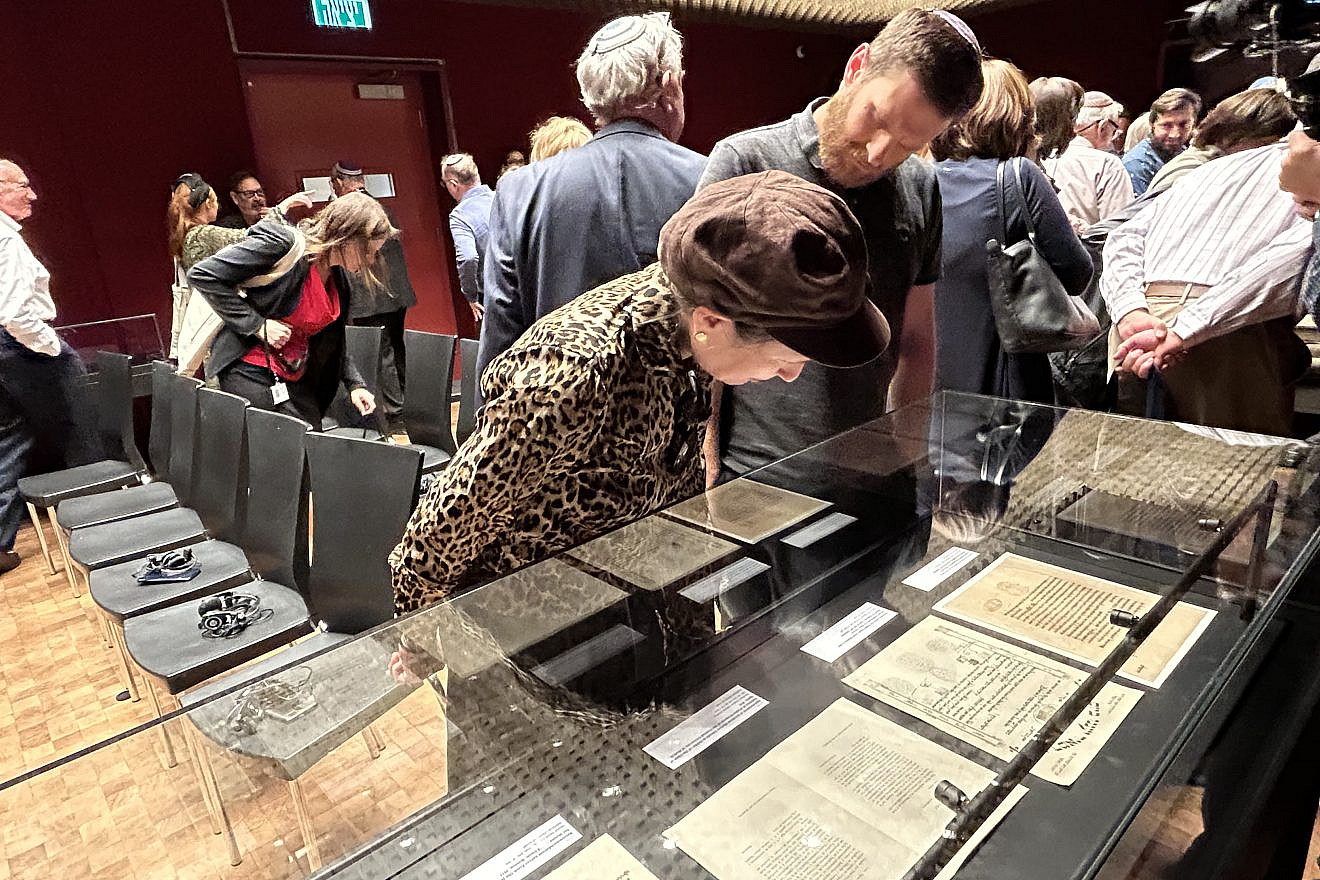How often have you heard about discoveries of artifacts hidden in an attic for decades that turn out to be gems of historical significance? Multiply that on a grand scale and that’s what happened when the National Library of Israel (NLI) moved in October from its old home on Hebrew University’s Givat Ram Campus to its new building located between the Israel Museum and the Knesset.
Apart from the four million books that form the nucleus of the NLI collection, the library is also the repository of more than a thousand personal archives that bear witness to Jewish life over many centuries and in a multitude of places.
According to Matan Barzilai, head of Archives and Special Collections at the NLI, a significant portion of those priceless artifacts had been languishing in boxes in the basement of the old building for decades.
Now, a $1 million grant from the Seattle-based Samis Foundation is enabling the NLI to catalog and digitize many important archives of Sephardi heritage that had been left untouched for so long.

A formal dedication of the Sephardic archives project took place recently at the library in the presence of several trustees of the foundation, its Board Chair Eli Genauer and CEO Connie Kanter, who traveled from Seattle for an up-close look at some of the cultural treasures now coming to light.
The Samis Foundation carries on the legacy of Sam Israel, who was born and raised in the Juderia (Jewish quarter) of Rhodes in 1899, emigrated to Seattle in 1919 and parlayed the earnings of his shoe repair business into purchasing real estate in the city’s downtown.
Israel never married and lived a modest and solitary life on a ranch in eastern Washington state.
Before his death in 1994, Israel established the Samis Foundation whose goals are funding Jewish education in the Seattle area, as well as six specific areas of concern in Israel: Archaeology, aliyah and immigrant absorption, educational support, poverty and social mobility, widows and orphans, and wildlife. To date, Samis has contributed more than $13 million to these projects.
Preserving archives doesn’t fit any of these categories, but as Genauer explained at the dedication on March 12, “Sam never said anything about supporting Sephardi culture or heritage, but he didn’t have to. He was Sephardi through and through. That’s why the trustees decided that when we were given the opportunity to support a Sephardi archive initiative, we jumped all over it. It made us feel we have to do this for Sam.”
In a private presentation, archivist Dr. Nimrod Gaatone showed examples of some of the rare documents available to the public for the first time online, thanks to the Samis donation.
One item is a 1915 letter announcing the appointment of the first Jew to hold the title of professor at the Central University of Madrid. It is stamped with the official seal of the king of Spain. It’s part of the largest Sephardi archive in the Samis project, that of renowned Sephardi scholar Professor Avraham Shalom Yehuda (1877-1951).
Yehuda, who was born in Jerusalem and died in New York, was a collector and a bibliophile and the materials in his 229-box collection include correspondence in several languages, photographs, documents and diaries.
Gaatone said there was a fight over the Yehuda archives between his family and the Hebrew University of Jerusalem, “but finally they’re here and when the whole archive is open it will be a reason for you all to come back here.”
“Samis should be proud that the Yehuda archive will be under their name,” Barzilai told JNS. “There’s a great interest in the academic world in the Yehuda archive.”
Another significant archive being processed thanks to Samis funding belongs to Moshe David Gaon (1889-1958), father of Israeli singer Yehoram Gaon. Moshe Gaon was a scholar of Sephardi Jewry, a journalist and a poet. In 1928 he became the general secretary of the Sephardi community of Jerusalem, a post he held until he died.
The Gaon archive contains 50 boxes of Ladino newspapers from the beginning of the 20th century, including many from the Jewish community of Bosnia that was destroyed in the Shoah, providing a window into Jewish life that no longer exists. Another item in the Gaon archive files is a collection of photos of Jews in pre-state Gaza.
The Gaon archive, which has never been cataloged, is of great importance to Ladino studies, said Barzilai. “The cataloging is a way to expose the connections between communities,” he added.

NLI Director General Oren Weinberg told the visitors from Seattle, “It’s a very emotional moment for us. People think the library is about the books, but first and foremost it’s about the people who come here. It’s a home for many communities whose different narratives are embedded in the collection.”
Weinberg explained that the Samis grant would help expose and make the items of Sephardi interest in the collection useful for researchers.
“Over the past few years, we have been working to make the diversity of the Jewish people a significant part of the NLI collection and that’s what you’re helping us to do here. It’s certainly a great way to connect Seattle and Jerusalem,” he added.
Barzilai told JNS that archives are expensive to store and digitize, and the Samis grant will help in NLI’s efforts to acquire another 30 archives of Sephardi interest. “It’s very exciting to find new treasures every day,” he said.


























